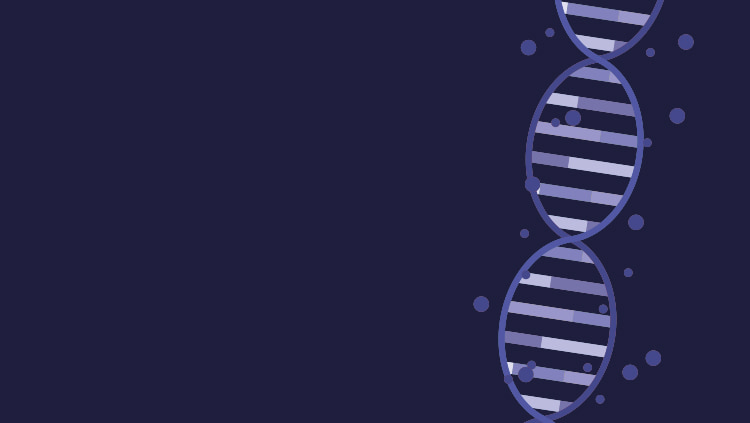About DNA/genes/chromosomes/genomes

Nearly half of the human genome is composed of many identical sequences that are found throughout the genome. These are called scattered repetitive sequences.
There are two types of these scattered repetitive sequences, which differ in length.
Table of Contents
Genes in the human genome
Genome Sequence
Nearly half of the human genome is composed of many identical sequences that are found throughout the genome. This is called a scattered repeat sequence. There are two types of these scattered repeat sequences, which differ in length.
First, "line."
The name may sound familiar, but the official name is long interspersed element, which is 6 to 8 kb in length in LINE.
Second, "SINE."
It is called short interspersed slsment and is 100 to 300 bp long.
In addition to scattered repetitive sequences, there are also regions where many short sequences are repeated adjacent to each other, such as longitudinal repetitive sequences, and sequences in which large fragments are duplicated.
Unique and repeated arrays
More than half of the entire human genome consists of repetitive sequences.

The above figure shows gene regions (exons and introns) and non-gene regions in the human genome.
This shows that less than half of the entire genome consists of what is called unique sequences, including exons (exons in the figure) and introns.
About 1/3 of the genome is genetic material. Exons account for less than 1.5% of the entire genome.
The non-genetic regions of the human genome are still poorly understood. In recent years, it has been postulated that some function is also present outside of the genetic region.
Distinction between DNA, genes, chromosomes, and genomes
Can you distinguish between DNA, genes, chromosomes, and genomes?
How are the words used in newspapers and the media; DNA sometimes changes due to environmental factors.
This is a major biological breakthrough, so to speak.
I wish I understood it correctly, but words that include sensitive parts of our daily conversation are used in familiar speech. What would you think if you were a person with a disease that has a mutation in your genes? What would you do if you were asked to define each genome?
| DNA | deoxyribo nucleic acid chemicals |
|---|---|
| gene | Unit that defines a genetic trait Consists of 10 to 2 million base pairs |
| chromosome | DNA and protein complexes During cell division, can be observed under a microscope |
| genome (genome) | Gene and chromosome: the total DNA of a species; all the DNA contained in each of chromosomes 1-22, the X and Y chromosomes, and, to a close approximation, all the DNA contained in gametes. |
A gene "DNA" is a substance called deoxyribonucleic acid. DNA is a complex of proteins and "chromosomes" that reside in the nucleus of a cell. When a cell divides, the thread-like material is folded into a regular club.
Genome" is the new term for all genes and chromosomes combined, and is the generic term for DNA.
This is called the human genome. It contains all the genetic information of a human being and is the blueprint for becoming a human being.
The word "genome" is derived from the words "gene" and "chromosome. Human cells contain chromosomal DNA called genome and mitochondrial DNA.
Mitochondrial DNA is a ring of 16569 base pairs and is abundant in mitochondria within cells. In humans, there are 3 billion base pairs.
Chromosomes are formed by dividing chromosomes 1 through 22 of 23 molecules into pairs (two chromosomes make a pair) and linear DNA of X and Y sex chromosomes.
When DNA is extracted from sperm and eggs, and also from white blood cells and joined together, the human has two sets of genomes, which is nearly 2 meters.
